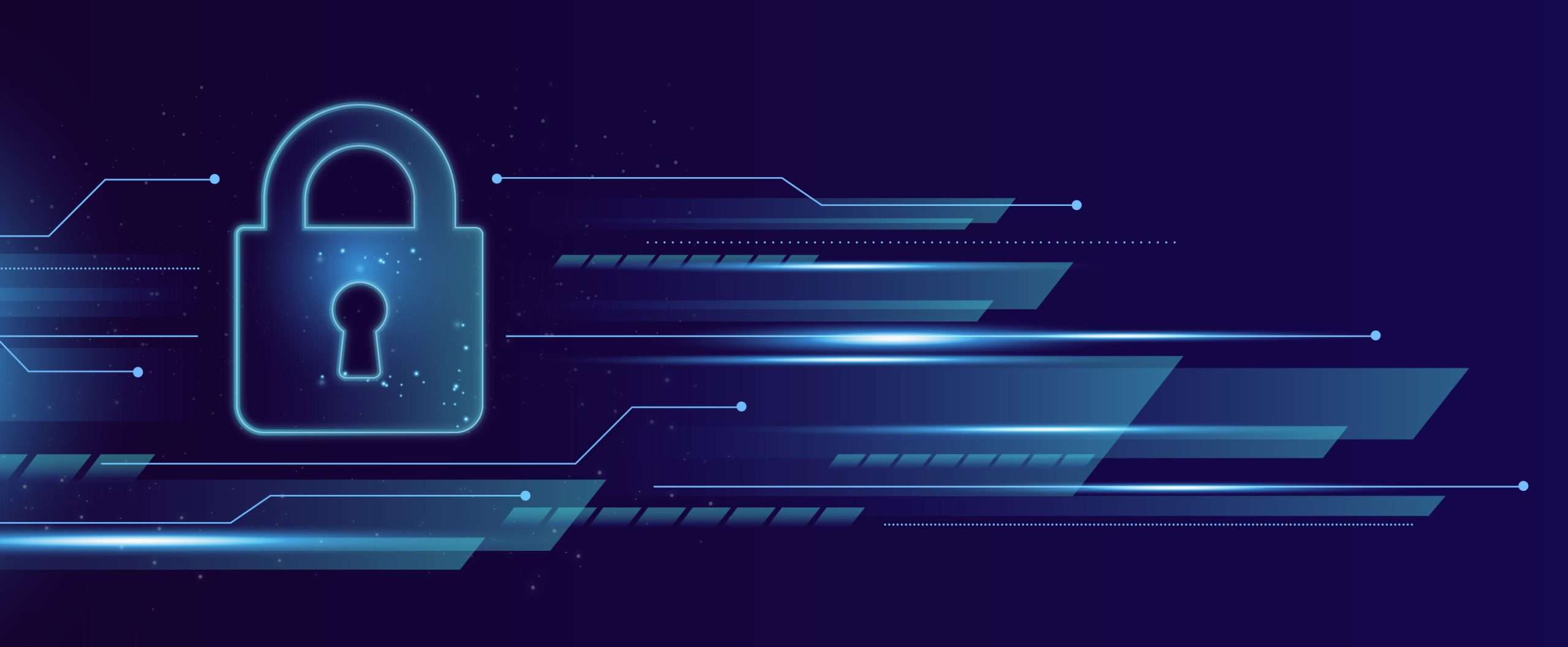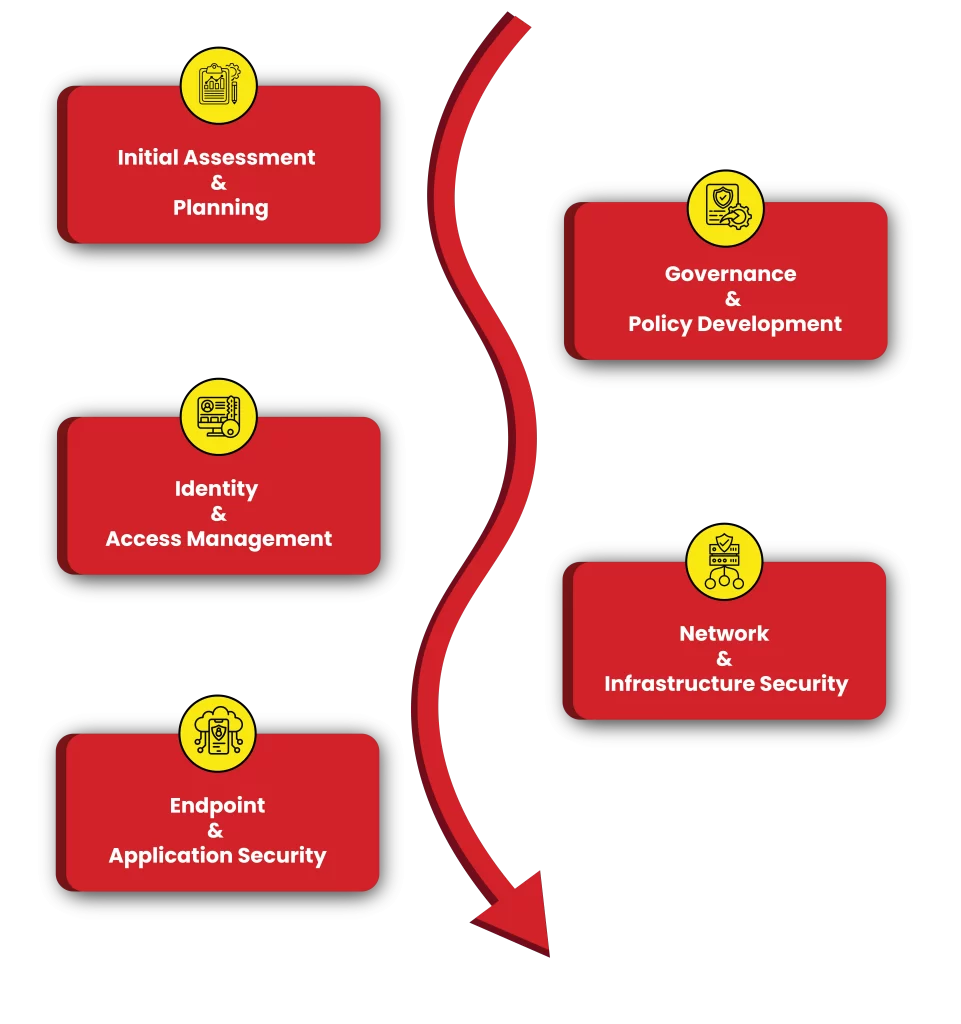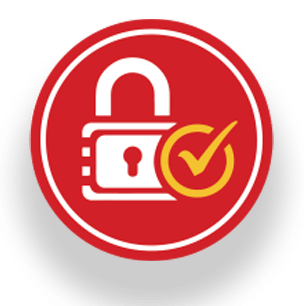-
Request a call back
+91 8310786100
-
Write us
contact@cybivalue.com
-
Book a Consultation
Click Here
We evaluate APIs for vulnerabilities to ensure secure data transmission and prevent unauthorized access. This testing ensures your API integrations are safe from cyber threats.








Identify and mitigate security weaknesses before they become threats. At Cybivalue, our comprehensive Vulnerability Assessment service scans your IT infrastructure, applications, and networks to uncover potential risks. We deliver actionable insights with detailed reports, helping you strengthen your security posture and ensure compliance with industry standards.
Protect your digital assets with Cybivalue’s advanced Web Application Security solutions. We identify and fix vulnerabilities such as SQL injection, cross-site scripting (XSS), and authentication flaws to safeguard your web applications from cyber threats. Our proactive testing and monitoring ensure your applications remain secure, reliable, and compliant.
Secure your APIs against evolving threats with Cybivalue’s API Security Testing services. We perform in-depth assessments to detect vulnerabilities like broken authentication, data exposure, and injection attacks. Our testing ensures your APIs are robust, compliant, and resilient—protecting sensitive data and maintaining seamless system integrations
Cybivalue delivers end-to-end Network Security solutions to protect your IT infrastructure from internal and external threats. We assess, monitor, and fortify your networks with advanced tools and strategies—ensuring data integrity, secure access, and uninterrupted operations across your entire organization.

In today’s digital era, securing IT infrastructure and maintaining data privacy are crucial. A Firewall Configuration Audit in Montenegro plays a vital role in identifying potential vulnerabilities within a company’s network perimeter and traffic control systems. The growing reliance on internet-facing applications and connected systems demands organizations to regularly evaluate their firewall settings and ensure configurations align with the best security practices. A well-executed audit helps in safeguarding sensitive data, protecting business assets, and ensuring compliance with industry regulations.
It involves examining the current configuration of firewall systems to ensure they adhere to established security standards. The purpose is to detect misconfigurations or weaknesses in the firewall rules, access controls, and traffic filters that could be exploited by malicious actors. These audits are not just about finding security flaws but also about identifying opportunities for enhancing system performance, reducing the risk of data breaches, and ensuring operational efficiency.
In Montenegro, as a growing hub for technology and digital business, organizations are increasingly exposed to various cybersecurity threats. Cyberattacks, such as data breaches and ransomware, have become common, and businesses need to prioritize security audits to safeguard themselves.
It typically involves several steps:
Assessment of System Configurations: The first step is to assess all firewall devices and their integration with the wider IT environment. This includes reviewing rule sets, NAT policies, and network zone segmentation to identify any misconfigurations or vulnerabilities.
Review of Security Standards and Policies: Next, auditors compare the existing configurations with industry standards and best practices. They assess whether the firewall configurations align with the security requirements outlined by regulatory frameworks or global security benchmarks.
Vulnerability Scanning and Testing: Auditors conduct thorough testing, such as vulnerability scanning and penetration testing, to identify any weaknesses that could be exploited. This helps to uncover hidden risks that may not be immediately visible in the configuration settings.
Report and Recommendations: After the audit, a detailed report is prepared, outlining the findings, vulnerabilities, and recommended actions. The report includes an action plan for correcting any misconfigurations and improving overall system security.
Remediation and Follow-up: Following the audit, the identified issues are addressed, and corrective measures are implemented. Regular follow-up audits may also be conducted to ensure ongoing compliance.
Organizations may encounter several challenges. One of the key difficulties is the complexity of modern IT environments, which often include a combination of on-premise infrastructure, cloud services, and third-party integrations. Ensuring that all firewall rules are securely configured can be time-consuming and requires a comprehensive understanding of traffic flows and access control mechanisms.
Another challenge is the lack of standardized configurations across different firewall platforms in many organizations, leading to inconsistencies and potential vulnerabilities. Ensuring uniformity in configuration settings is critical for strengthening security and streamlining the audit process.
Moreover, frequent changes in regulatory standards can create confusion for organizations trying to stay compliant. A Firewall Configuration Audit in Montenegro must account for these changes to ensure that configurations remain in line with the latest security and compliance requirements.

The process of recognizing and assessing potential security risks, vulnerabilities, and threats to the system or network.
Implementing measures such as firewalls, encryption, and access controls to stop cyber threats before they can exploit vulnerabilities.
Monitoring systems for suspicious activities or breaches, using tools like intrusion detection systems (IDS)
It’s recommended to conduct firewall configuration audits at least once a year or after any major changes in network architecture or security policies.
Yes, firewall audits can be performed remotely if secure access to the firewall management interface and related systems is provided.
Common issues include overly permissive rules, unused or outdated rules, lack of logging, and missing access control measures.
The duration depends on the number of firewalls, the complexity of the rule sets, and the size of the network. It can range from a few days to a couple of weeks.
The IT team supports the process by providing access to firewall configurations, documentation, and implementing changes based on the audit findings.
Vulnerabilities are prioritized based on their severity, potential impact on the network, exposure to external threats, and compliance requirements.
WhatsApp us




WhatsApp us